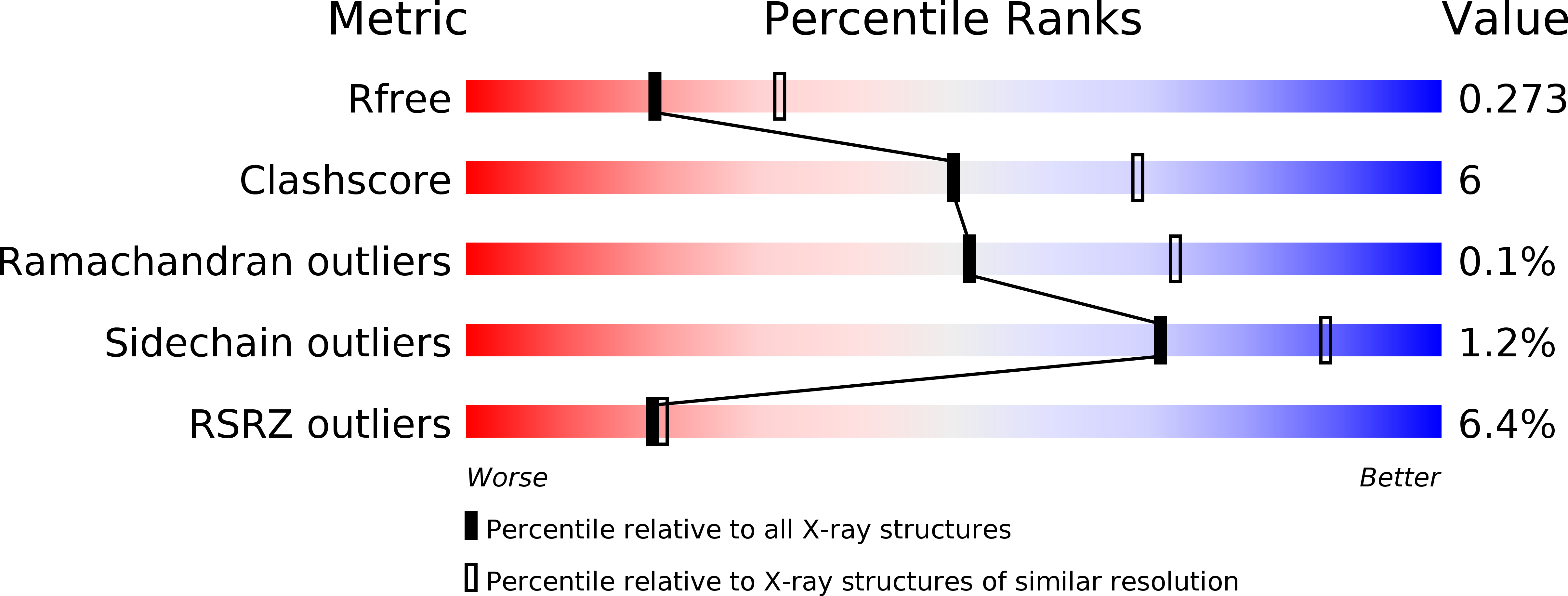
Deposition Date
2018-12-04
Release Date
2019-07-24
Last Version Date
2024-11-20
Entry Detail
PDB ID:
6Q3S
Keywords:
Title:
Engineered Human HLA_A2 MHC Class I molecule in complex with TCR and SV9 peptide
Biological Source:
Source Organism:
Homo sapiens (Taxon ID: 9606)
Host Organism:
Method Details:
Experimental Method:
Resolution:
2.50 Å
R-Value Free:
0.27
R-Value Work:
0.22
R-Value Observed:
0.23
Space Group:
P 1 21 1


